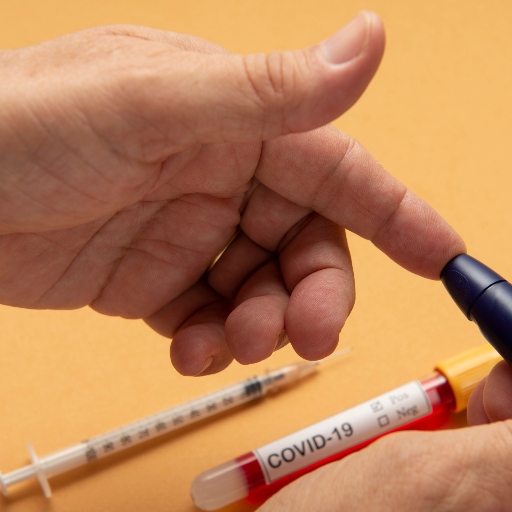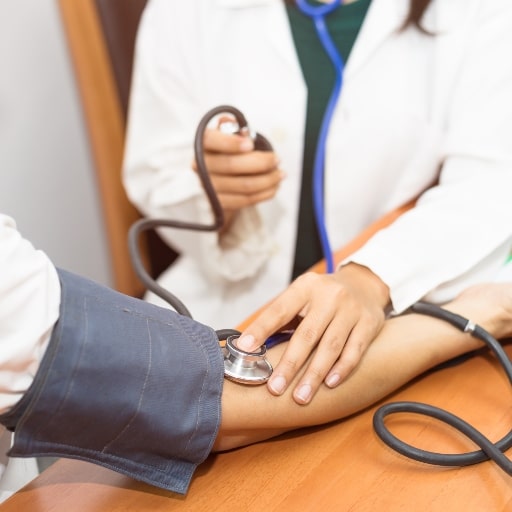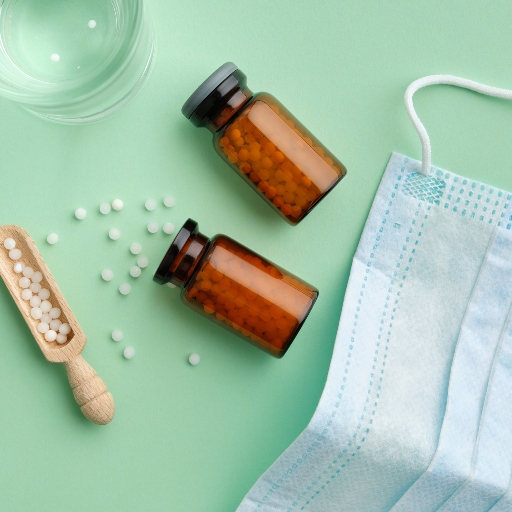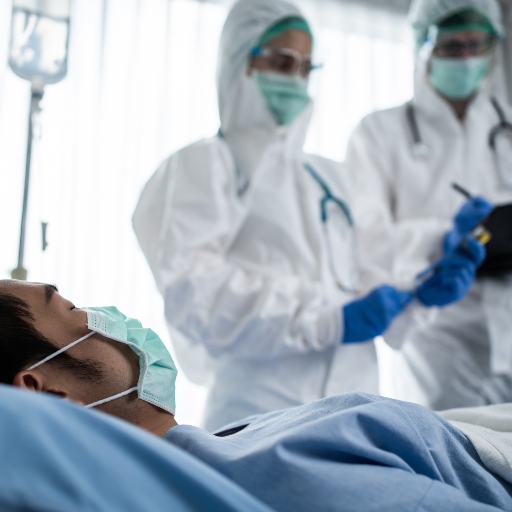Mucormycosis has emerged as the biggest risk factor to health during the Covid-19 post-recovery period for a patient. Also labeled as ‘Black Fungus’, this condition is more commonly found in Covid-19 patients with diabetes. Read on to find why diabetes increases the risk of Mucormycosis and how you can prevent it if you are diabetic.
What You Should Know:
What are the symptoms of Mucormycosis?
You can be infected by any kind of fungus, if you inhale fungal spores from the air. The risk of Mucormycosis tends to increase in diabetic patients, who have been treated with steroids for Covid-19. There are some clear symptoms that you can look for, to know if you have a black fungal infection.
- Sinusitis – blocked nose or congestion, nasal discharge (blackish/bloody),
- One-sided facial pain, or pain in the cheekbone with numbness or swelling
- Blackish discoloration over the bridge of nose/palate
- Toothache, loosening of teeth and pain in the jaw
- Blurry vision with a fever
- Chest pain, pleural effusion, haemoptysis, worsening of the respiratory system
Some of these symptoms like a blocked nose can be fairly common and it might not be safe to jump to conclusions. However, if you notice a few of the Black Fungus symptoms, you should not waste time and seek professional medical attention
Steps to prevent Mucormycosis if you have diabetes?
While Mucormycosis is a post-covid health risk, you can still take steps to stay healthy and reduce the risk of a black fungus infection. These steps can help you stay healthy and not contract any other ailment right after recovering from Covid-19.
- Reduce or completely avoid medications with steroids

Consuming medicines that contain steroids can increase your risk of a black fungal infection. Consult your doctor to know if you can reduce any of the medication in your Covid-19 treatment containing steroids.
- Keep your sugar levels in check
This can be good health advice even without the pandemic we are currently facing. However, reports state that the black fungus thrives in high blood sugar to spread across the body. Therefore, eating healthy food and eating regularly are even more important at this time.
- Monitor your blood glucose level regularly
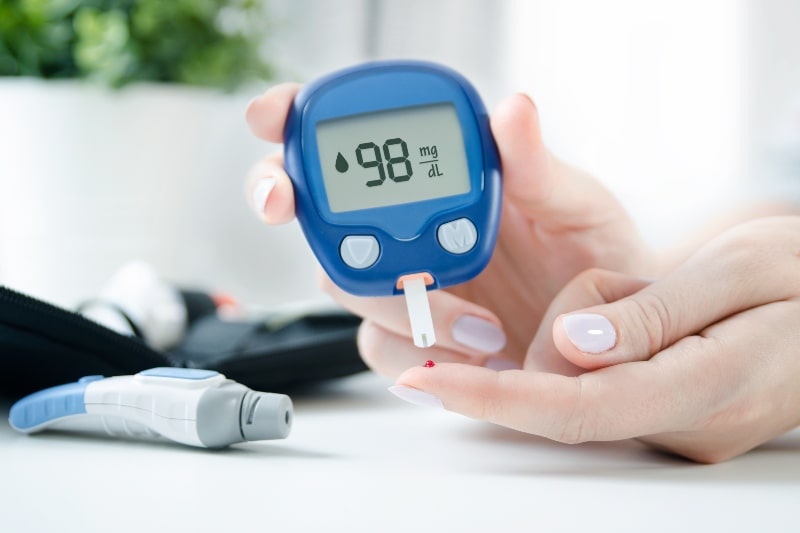
Keeping a regular check on your blood glucose or sugar level is important as a diabetic patient. During your Covid-19 recovery, it is even more important because a spike can lead to the spread of a fatal fungal infection.
- Protect your respiratory system
While recovering from Covid-19, your breathing might already be compromised. Mucormycosis can further aggravate your respiratory problem. Make sure you use clean and purified water in your humidifier during oxygen therapy to avoid inhaling any pollutants. If you are living or working near a dusty construction area, it might be safer to cover your mouth and nose with a mask at all times.
- Pay extra attention to hygiene
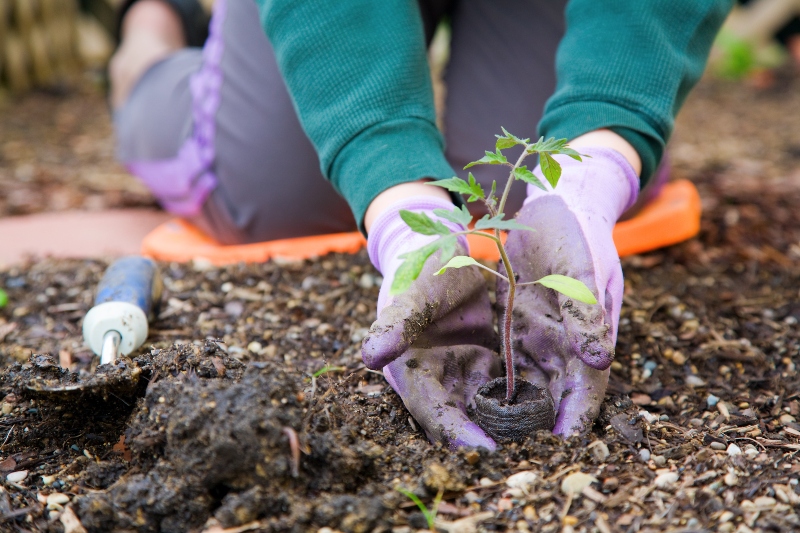
You should also consider focusing more on your hygiene. For example, if you are gardening or in an environment with fungus, wear suitable clothing to avoid contact with moss or manure. Also, you can make it a habit to take a scrub bath to wash away any infectious fungal spores.
During your treatment for Covid-19, Aditya Birla Health Insurance offers plans which cover hospitalization expenses and AYUSH treatment. You can also get a Day 1 cover for chronic heart diseases like Diabetes, High Blood Pressure, Cholesterol and Asthma with the Activ Health – Platinum Enhanced Plan. It is a Health Insurance plan that covers costs for tests and diagnostics too. Get access to expert health coaches for coaching on nutrition, fitness and mental health with mental wellness counselling, homeopathy, and teleconsultation, #ABHIKaro. Aditya Birla Health Insurance karo.
For more information on fitness or nutrition, visit the Activ Living Blog.





 1800-270-7000
1800-270-7000

